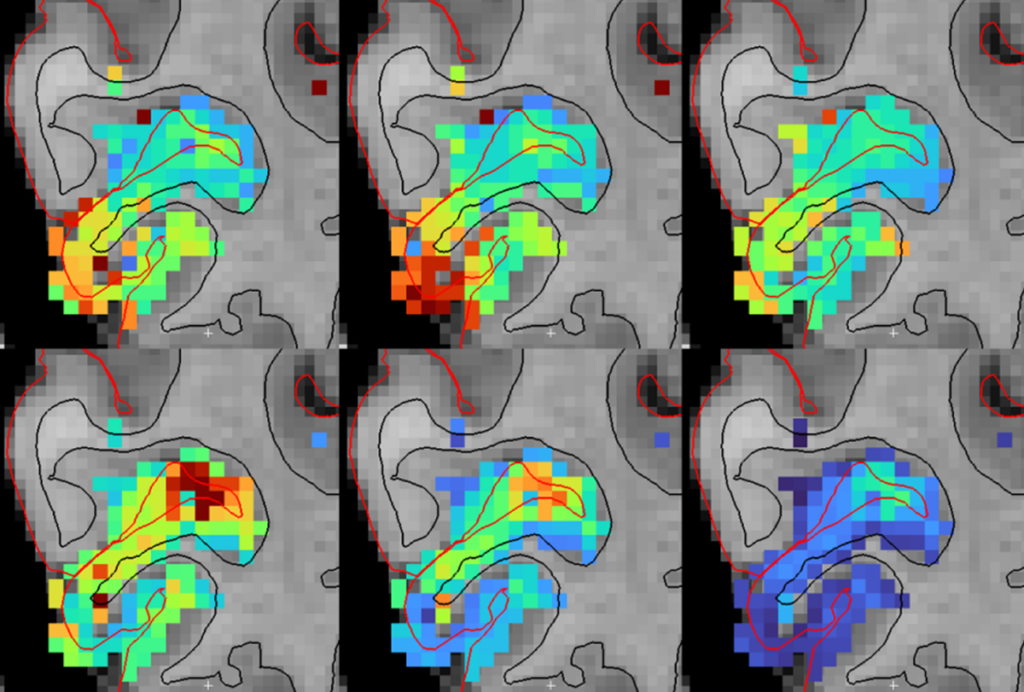Early intervention yields big benefits for children with autism
An early intervention method called the Early Start Denver Model can help children with autism improve their language and behavioral skills, and raise their intelligence quotients, according to a study published in Pediatrics.
An early intervention method can help children with autism improve their language and behavioral skills, and raise their intelligence quotients (IQs), according to a study published late last year in Pediatrics1. After two years on the program, called the Early Start Denver Model, some children’s diagnoses even shifted to a milder form of the disorder, the researchers say.
The study is the most rigorous analysis of a behavioral therapy for autism, and the first to evaluate a program designed specifically for toddlers. As the age of diagnosis for autism creeps lower, researchers are scrambling to find treatments appropriate for the very young.
The study stands out as a randomized, controlled trial, which is rare in the field of autism treatment, says Laura Schreibman, professor of psychology at the University of California, San Diego, who was not involved in the work. An expert in Applied Behavioral Analysis (ABA), the standard treatment for autism, Schreibman has developed a similar approach called pivotal response training that incorporates ABA teaching strategies into the child’s natural environment.
“We have had so much junk science, snake-oil treatments and false leads, it is certainly refreshing to read a study such as this one,” Schreibman says. “This is a very tough area to conduct research in, but [the researchers] show how it can, and should, be done.”
The Denver model intervention is also based on ABA, the most thoroughly tested intervention for autism2,3, but delivered differently. ABA is often conducted in a classroom-like setting, with the therapist drawing the child’s attention to the task at hand. Therapists teach children with autism by breaking a target skill into smaller parts, practicing each part in isolation, and then gradually adding the pieces together to build a complex behavior.
For example, a child may practice eye contact alone for many trials, before moving on to practicing giving a toy to the therapist for several more trials.
In contrast, the Denver model encourages the child to combine sub-skills to approximate how they are usually practiced in everyday life, and helps children learn new skills by building on their interests. For example, if a child loves blocks, the therapist uses blocks to teach fine motor skills, colors, how to ask for things and how to maintain eye contact.
Although it looks more like play than education, this approach can help build language, cognitive, motor and daily living skills. Therapists also train parents to use these strategies.
In the study, the researchers randomly assigned 48 children between 18 and 30 months of age to either the treatment group or to a control group of children who received some combination of standard treatments, including speech and occupational therapy, ABA and developmental preschool programs.
After two years of treatment, children who received up to 20 hours of week of the intervention gained, on average, 17.6 IQ points, compared with the 7 points gained by the control group. This improvement stems largely from gains in language skills.
The treatment group also scored 64.7 points (100 is normal) on a measure of daily living skills and 77.4 points for motor skills, both significantly higher than the scores of the control group.
Of 24 children in the treatment group, 7 also lost their classic ‘autistic disorder’ diagnosis, shifting to the milder pervasive developmental disorder – not otherwise specified, compared with only 1 of 21 children in the control group.
But this shift was not accompanied by improvements in social skills or repetitive behaviors, notes Catherine Lord, director of the University of Michigan Autism and Communication Disorders Center. “Mostly you’re talking about language improvement here,” Lord says.
There are several possible reasons for this disconnect between language and other social skills, notes Lonnie Zwaigenbaum, associate professor of pediatrics at the University of Alberta, who studies autism and other neurodevelopmental disorders.
For example, he says, the intervention may be better at improving cognitive and adaptive abilities, gains in social skills may take longer to develop than language and IQ, or the measures used may not be sensitive enough to pick up incremental changes in social responses. “This pattern of gains has been found for other interventions as well,” he says.
Rigorous tests:
Although randomized studies are the gold standard, they can be tricky to conduct in a way that doesn’t muddle the conclusions.
For example, randomly assigned groups may differ at the start of the study in ways that could affect the outcome, recruiting study participants can be difficult if they cannot be informed beforehand to which the group they’ll be assigned, and different therapists may implement the intervention differently.
The new study took pains to avoid these pitfalls, relying on a detailed program manual to get therapists and parents to practice the intervention consistently.
The randomization process took gender and IQs into account so that, at baseline, the two groups of children did not differ from each other in measures of cognitive abilities, communication, motor and daily living skills, repetitive behaviors or autism severity — a score that specifically evaluates social impairments.
The scientists involved in the trial, including the clinicians who evaluated the children, did not know whether a child was in the treatment or control group until the end of the five-year study, says lead investigator Geraldine Dawson, chief science officer for Autism Speaks, an autism science and advocacy organization.
Clinicians also assessed the children away from the training location so that they would not glimpse parents on their way to a training session and “get a clue,” Dawson says. When it became clear that the program is effective, she says, “I was relieved and ecstatic.”
Despite the study’s rigor, it is difficult to separate out the effect of the total therapy hours on outcome, Lord says. The treatment group clocked an average of 36.7 therapy hours a week, including time spent with parents implementing strategies — nearly twice as many as did controls.
There is also significant variability in how the children respond to the intervention. Although on average the group showed improvements, this average came from some children who made tremendous gains and others who didn’t. A larger trial at three sites — including Lord’s center at the University of Michigan — aims to confirm the results and may address the variability in response.
The key will be to glean which features, such as the ability to imitate someone or intelligence, predict a child’s response to the intervention, Dawson says. “I think it’s important to keep in mind that what we’re seeing is children making different rates of progress.”
References:
Recommended reading
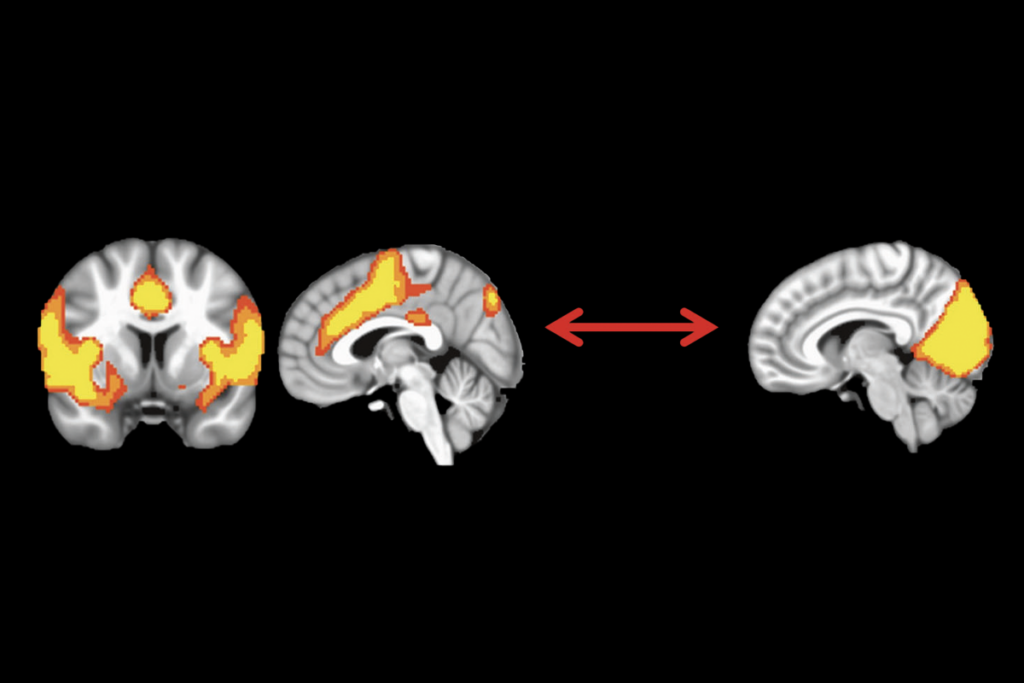
Developmental delay patterns differ with diagnosis; and more
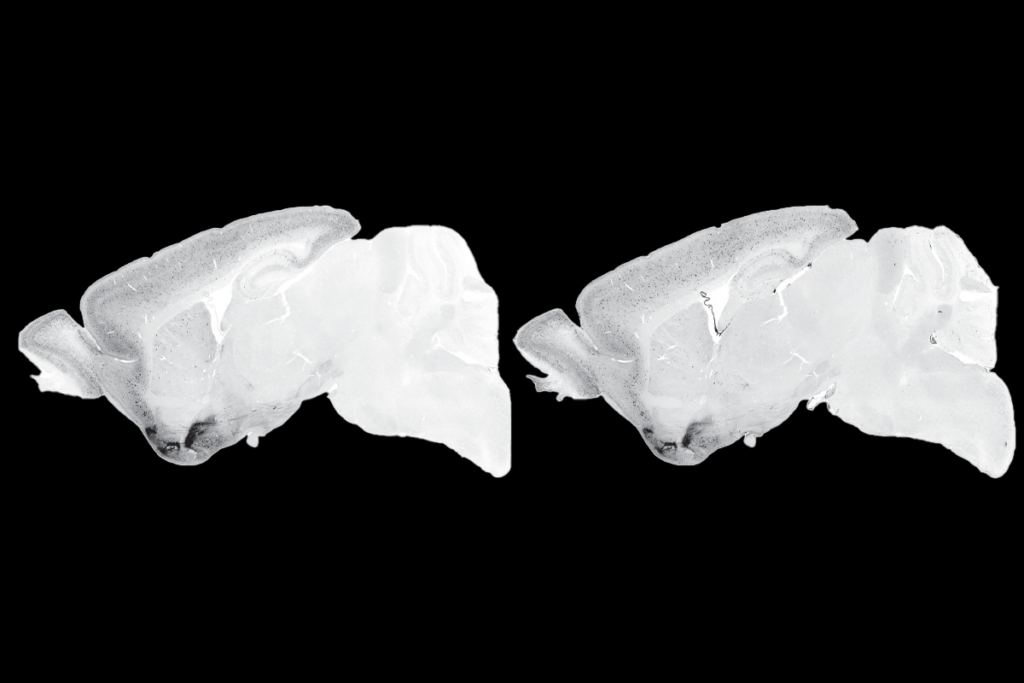
Split gene therapy delivers promise in mice modeling Dravet syndrome
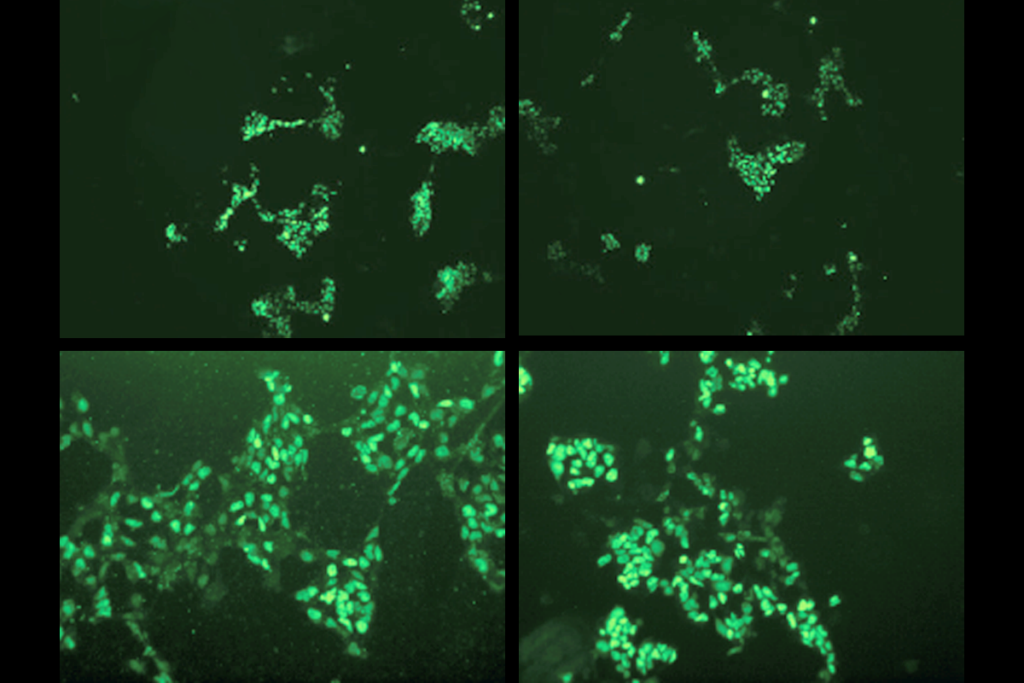
Changes in autism scores across childhood differ between girls and boys
Explore more from The Transmitter
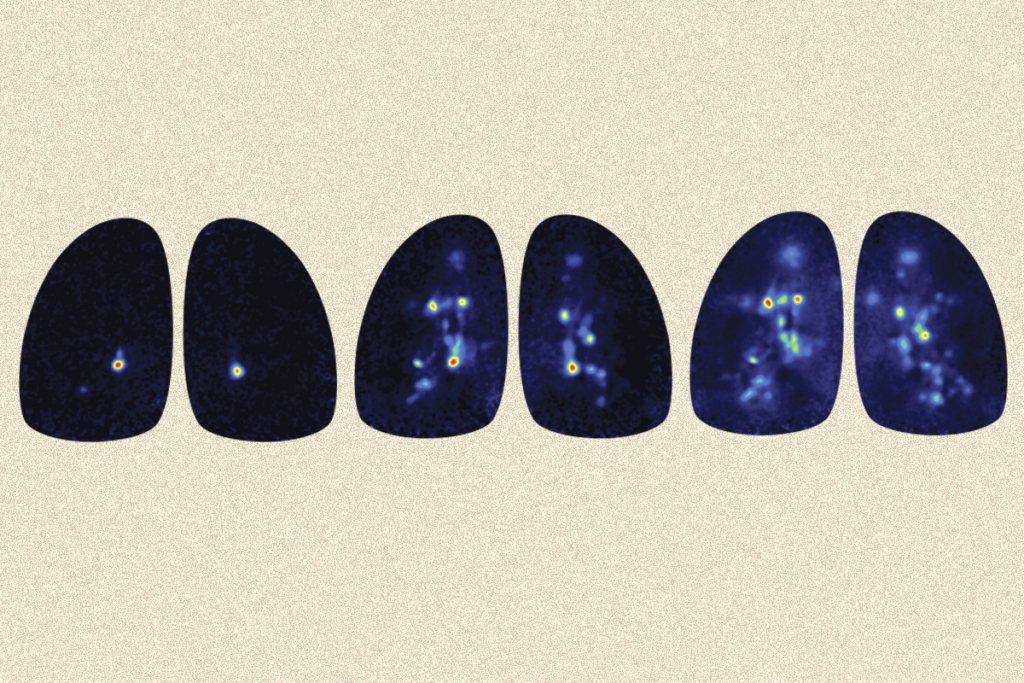
Smell studies often use unnaturally high odor concentrations, analysis reveals

‘Natural Neuroscience: Toward a Systems Neuroscience of Natural Behaviors,’ an excerpt
